THE HAIRY GIRAFFE… IN ROMANIA
Hong long? We went on a one-week trip (9 days) to Romania, visiting Bucharest and Transylvania.
When? In February. It was a less touristy season, which allowed us to enjoy the main sites by ourselves. We had some snow around the mountains, but not much overall. Winters in Romania can be quite cold, but the temperatures weren’t particularly low. A good coat was sufficient. However, some smaller sites were on winter schedules and therefore not necessarily open every day.
Ease of independent travel: 4 giraffes ![]() No particular difficulties. The roads are generally quite good, although it’s not uncommon to come across slow-moving vehicles (like plows) and dogs crossing the streets in villages.
No particular difficulties. The roads are generally quite good, although it’s not uncommon to come across slow-moving vehicles (like plows) and dogs crossing the streets in villages.
Costs: 3 giraffes ![]() The destination is less expensive than Western Europe, but remember, we’re still in Europe.
The destination is less expensive than Western Europe, but remember, we’re still in Europe.
Ease of communication: 3 giraffes ![]() It’s not too difficult to find waiters or vendors who speak some English, but don’t expect to be able to converse with the majority of people.
It’s not too difficult to find waiters or vendors who speak some English, but don’t expect to be able to converse with the majority of people.
Security: 4 giraffes ![]() The rates of crime and violence are lower than the often portrayed image of the country.
The rates of crime and violence are lower than the often portrayed image of the country.
Health: 4 giraffes ![]() You should take the usual precautions. If you are European, don’t forget to bring your European Health Insurance Card.
You should take the usual precautions. If you are European, don’t forget to bring your European Health Insurance Card.
Gay friendly: 3 giraffes ![]() Mentalities remain conservative even if they are evolving slowly. Rights are evolving at the same pace…
Mentalities remain conservative even if they are evolving slowly. Rights are evolving at the same pace…
Travel ease: 4 giraffes ![]() Traveling independently in Bucharest and Transylvania doesn’t pose any particular difficulties. However, we fell victim to a few small scams; nothing too serious, but enough to slightly tarnish the country’s image.
Traveling independently in Bucharest and Transylvania doesn’t pose any particular difficulties. However, we fell victim to a few small scams; nothing too serious, but enough to slightly tarnish the country’s image.
Highlights: ![]() The beautiful cities of Braşov, Sighişoara, and Sibiu. Each has its own character. The Bran Castle, especially for the idea that you’re at Dracula’s castle.
The beautiful cities of Braşov, Sighişoara, and Sibiu. Each has its own character. The Bran Castle, especially for the idea that you’re at Dracula’s castle.
Letdowns: ![]() The Păltiniș resort, not particularly interesting. The Mogoşoaia Palace, whose interior is really empty.
The Păltiniș resort, not particularly interesting. The Mogoşoaia Palace, whose interior is really empty.

Check out our Travel Reflections articles on Romania:
ONE-WEEK ITINERARY IN ROMANIA
This itinerary took us from Bucharest to Transylvania, following Dracula’s trail while allowing us to enjoy the picturesque landscapes and authentic atmosphere of the country.
Here is the detailed itinerary of our week in Romania:
Day 1: After an early flight, we arrive in Bucharest.
The capital of Romania, nicknamed ‘Little Paris’, is full of contrasts. One should not expect a city with homogeneous architecture: baroque styles, French classical, communist influence, or contemporary designs. The streets offer a patchwork of eclectic buildings. Some have been recently renovated, while others perhaps never have been. Some are clean, others covered in graffiti.
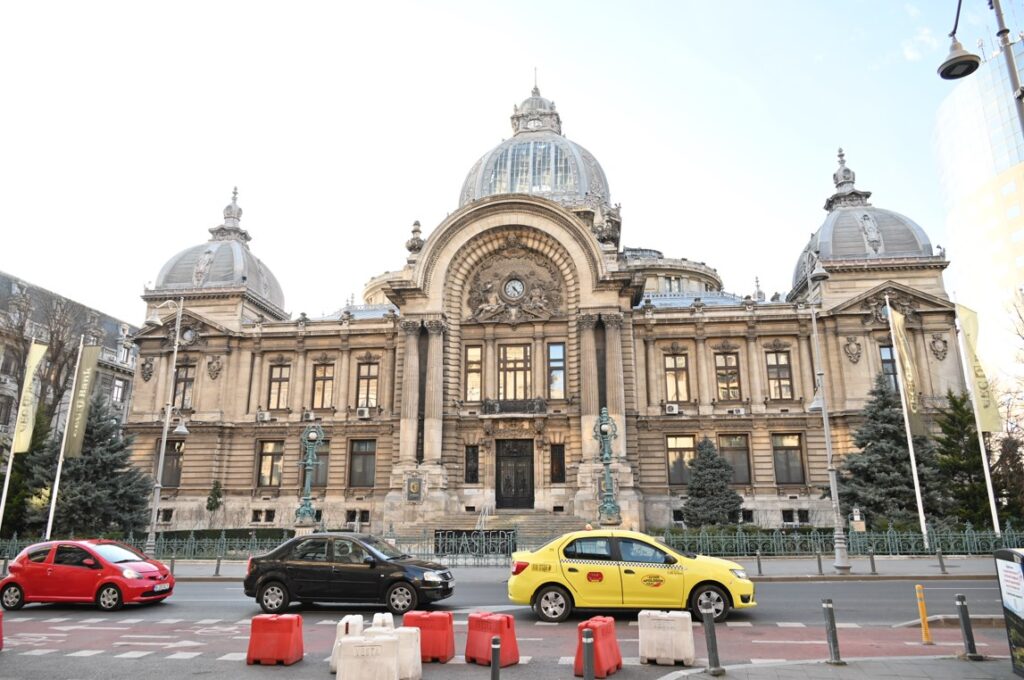

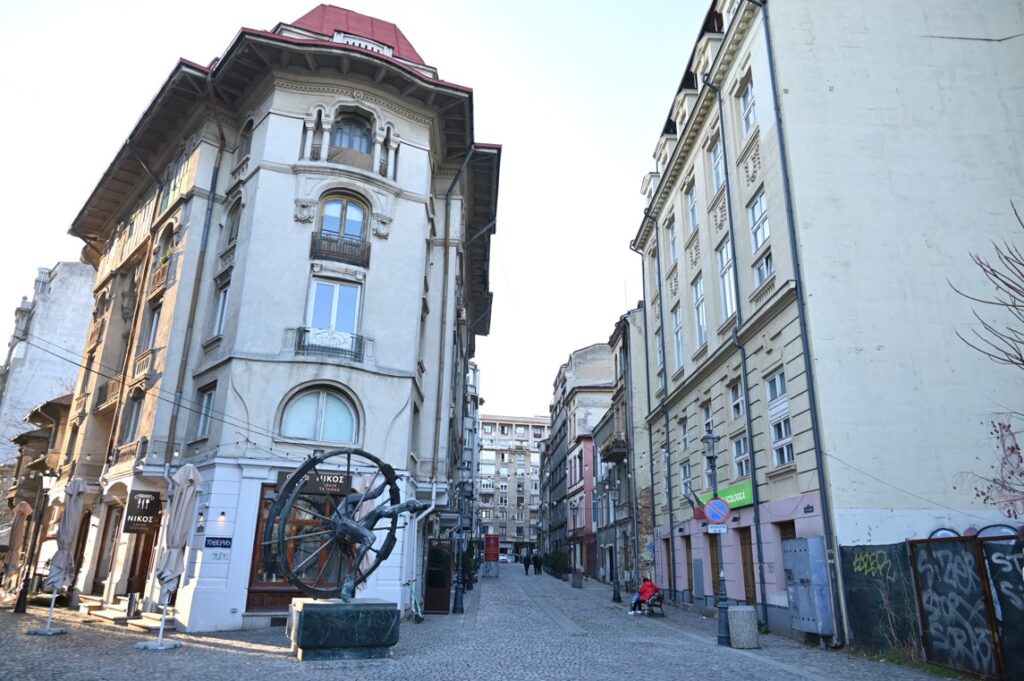
We’re far from a city like Budapest, which now presents a clean and rather bourgeois face. Bucharest has a more ‘grunge’ atmosphere, where trendy bars rub shoulders with an electro club straight out of the 1990s.
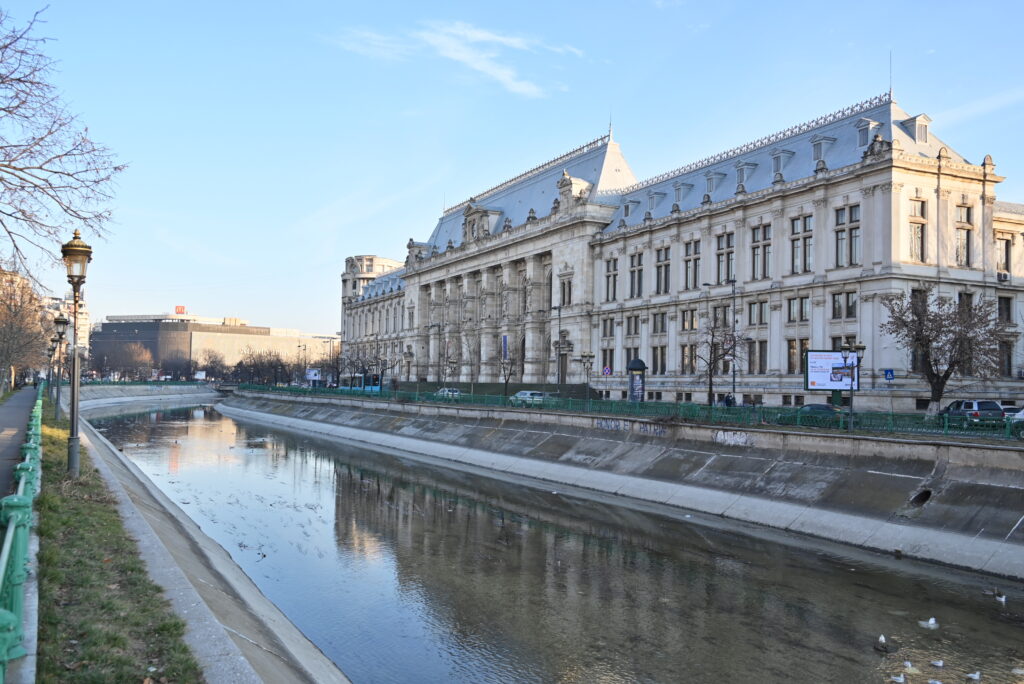
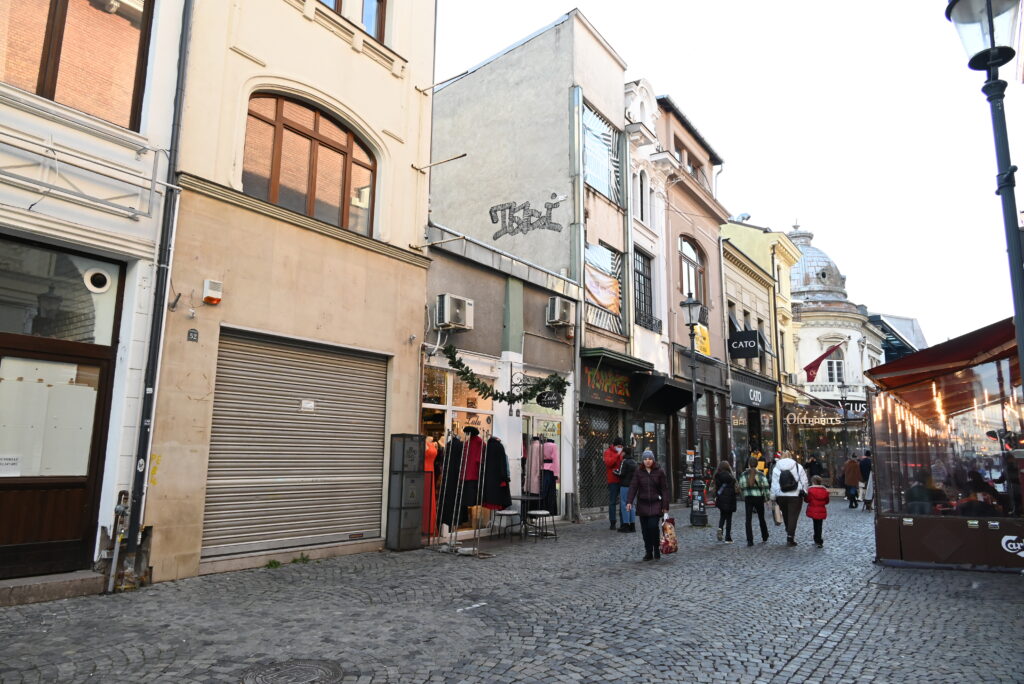
Day 2: We pick up our rental car and visit Mogoșoaia Palace. We go through it quite quickly; the interior doesn’t hold much interest.
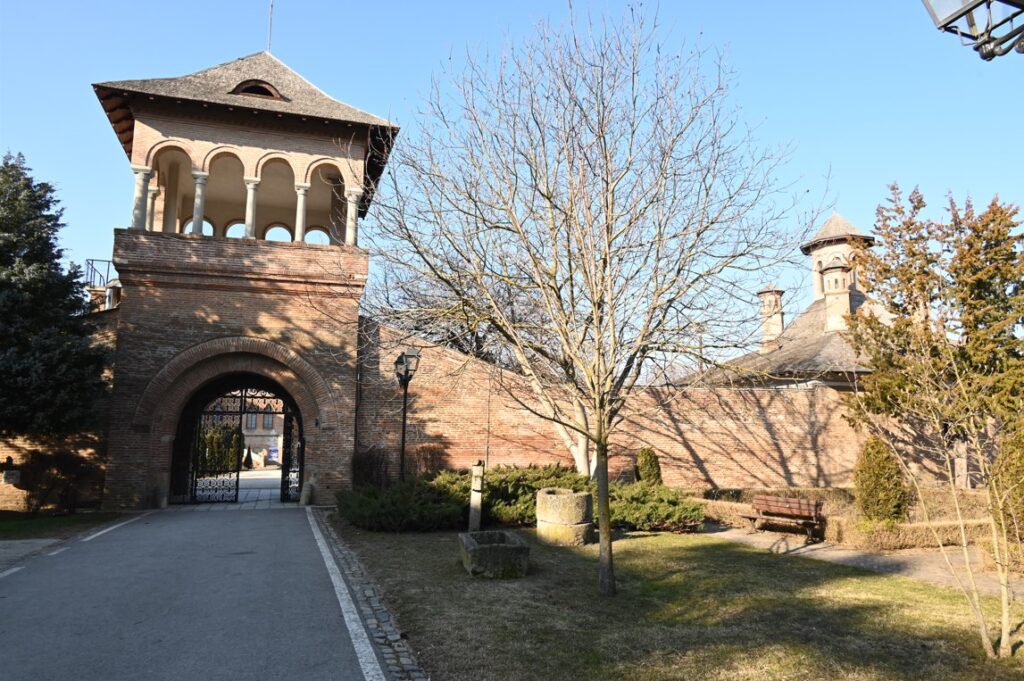

Afterwards, we stop for lunch in the city of Ploiești. The city doesn’t have much tourist interest but is a good example of the communist influence on architecture.
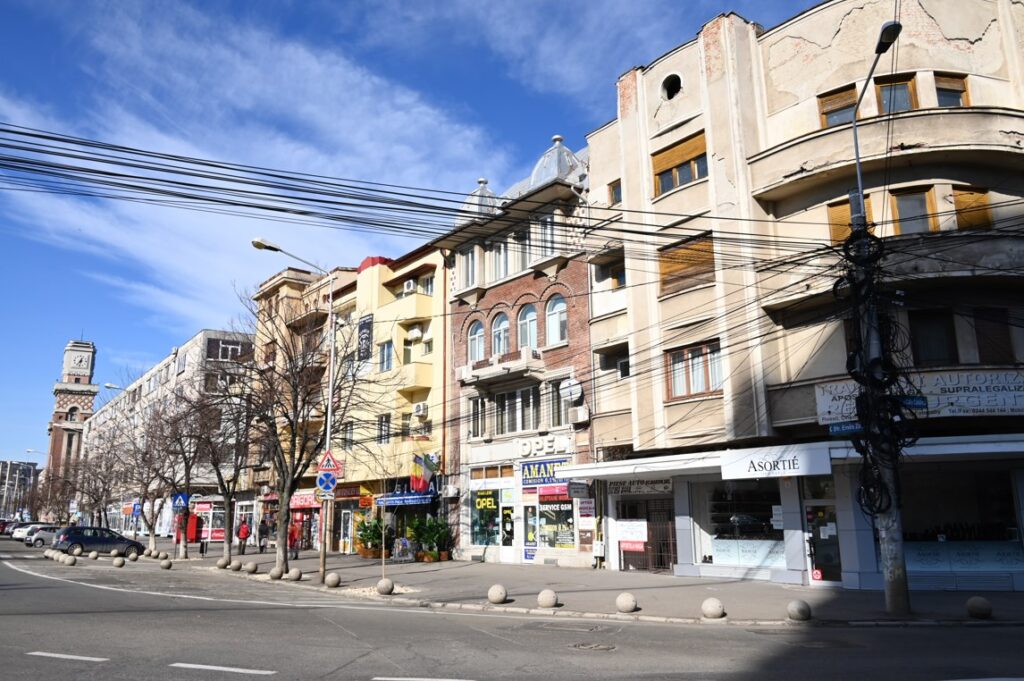
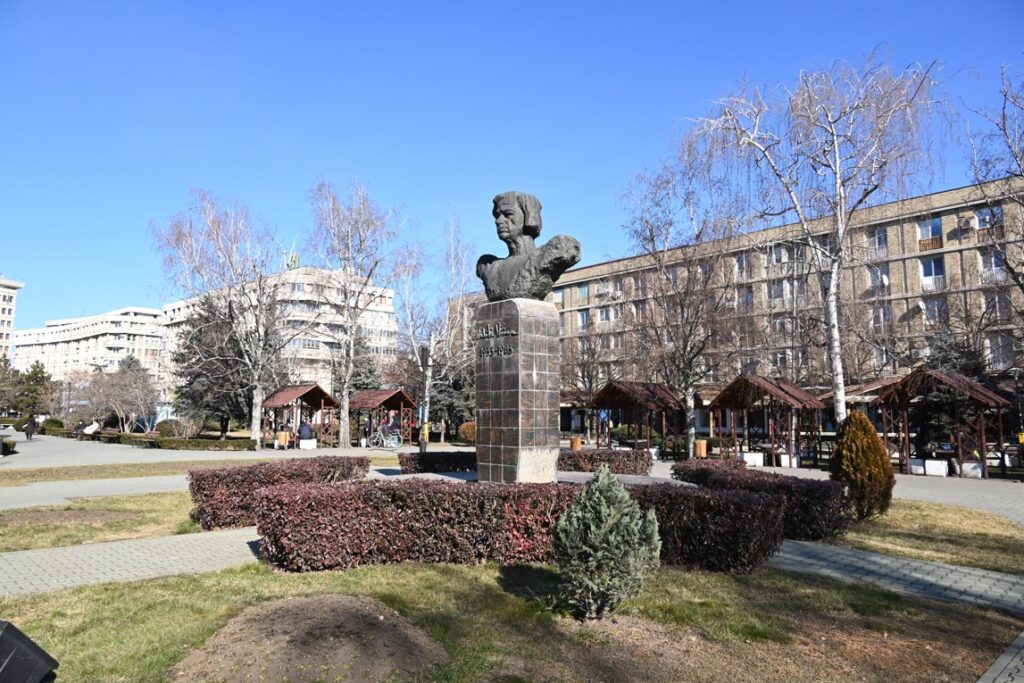

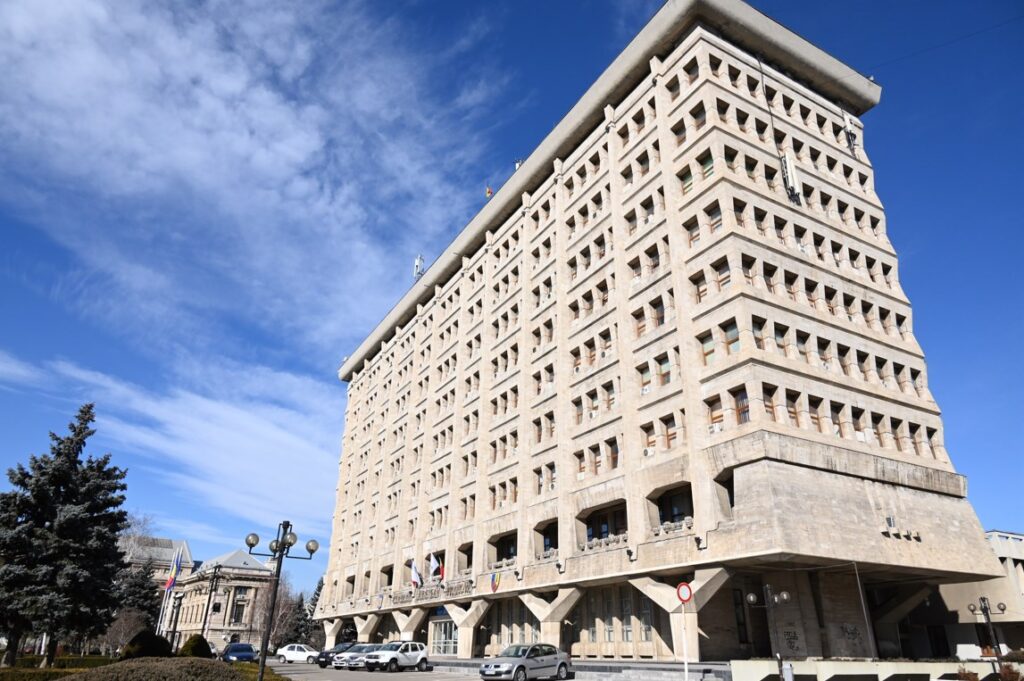
We then visit the beautiful Peleș Castle (late 19th century). The site is magnificent, nestled in the midst of a snowy forest.
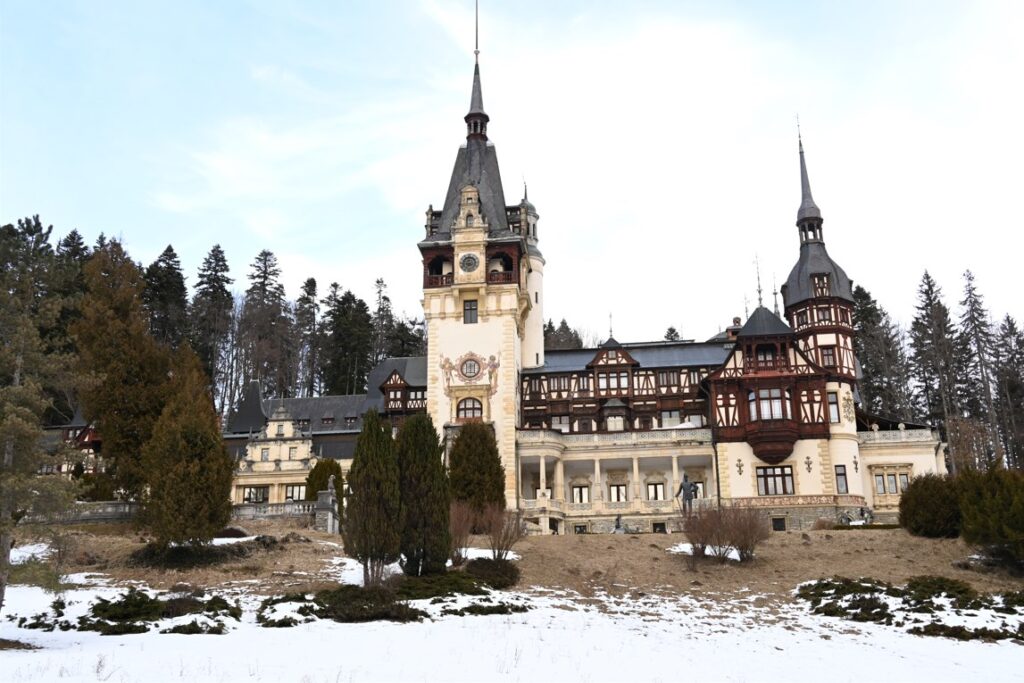

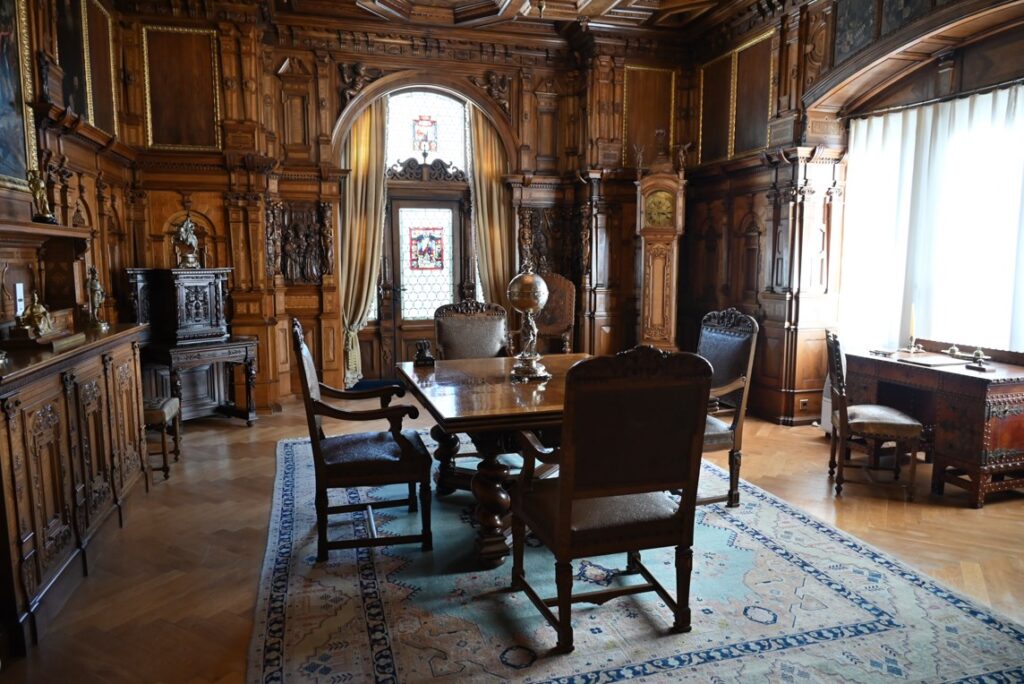
We spend the evening and night in Braşov.
Day 3: We spend the day at the ski resort in Braşov, the largest ski resort in Eastern Europe. A very enjoyable time amidst the snow.
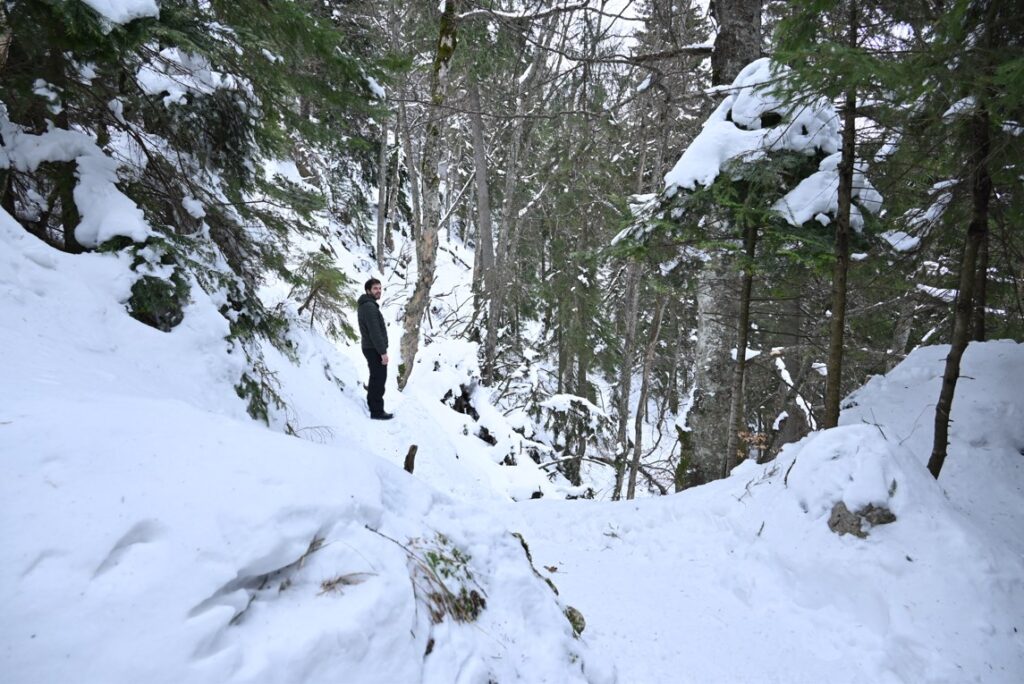
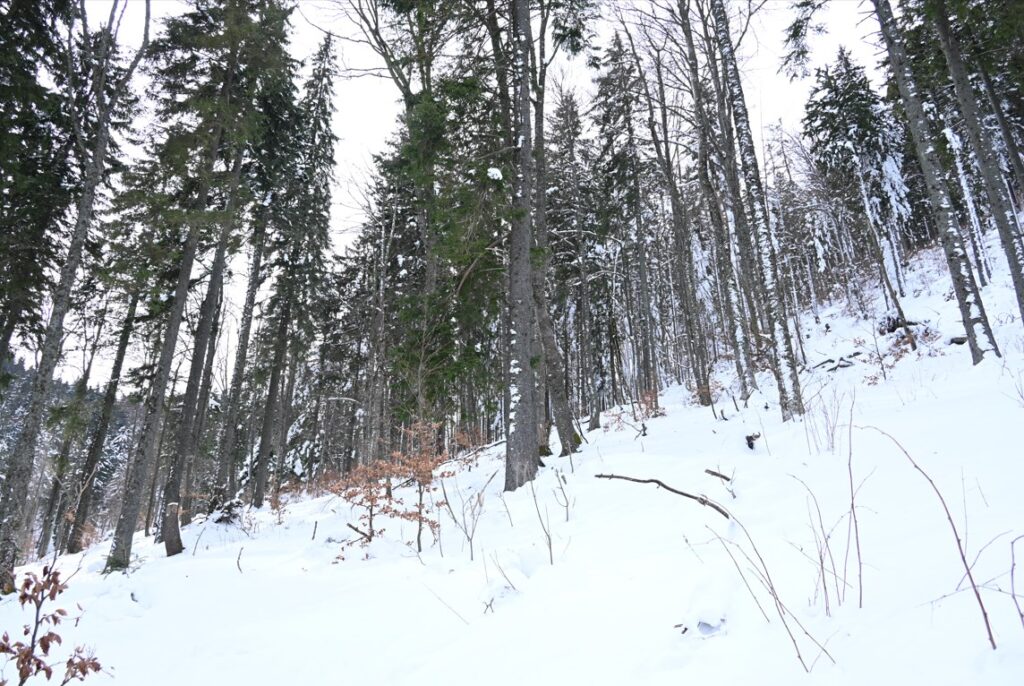
We spend the evening in Braşov.



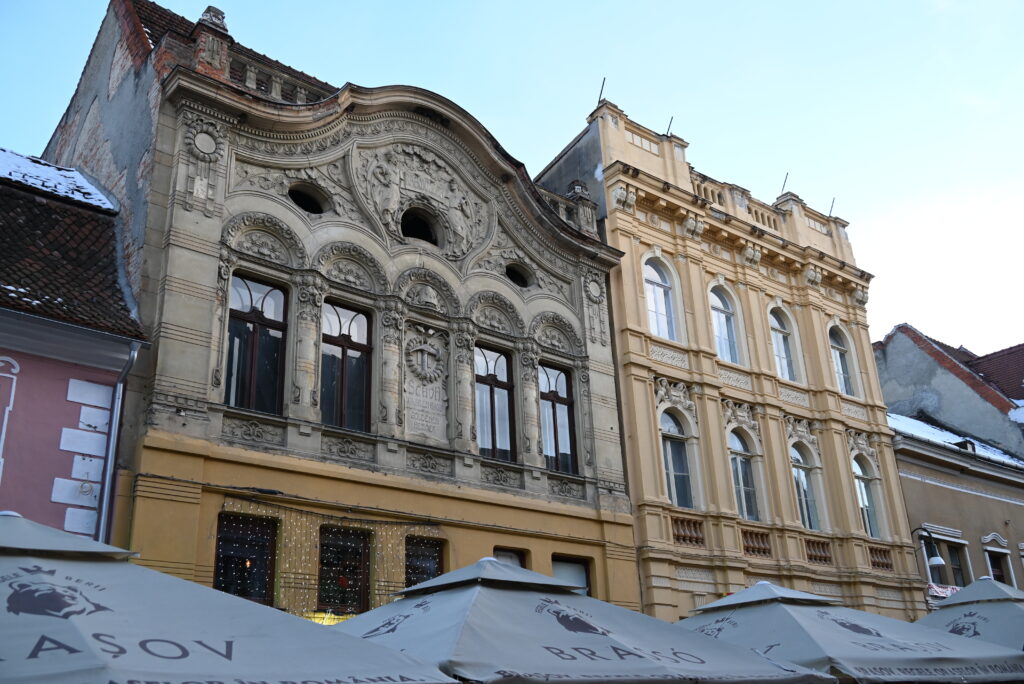
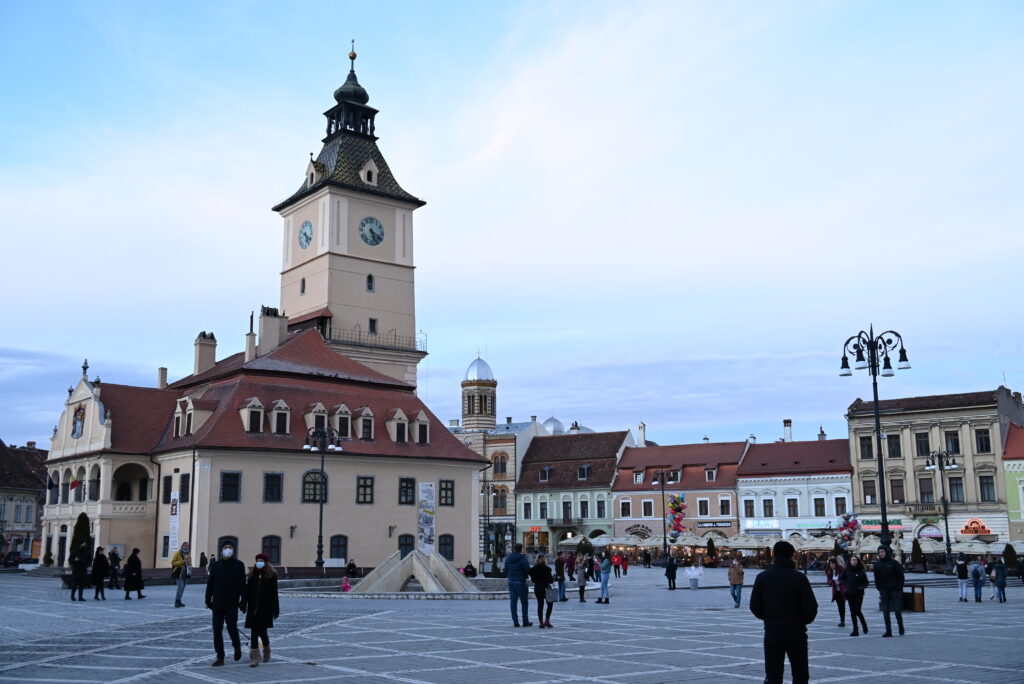
Day 4: We hit the road again and visit the fortified Lutheran church of Prejmer. We’re all alone, and the snow creates a contemplative atmosphere in the area.
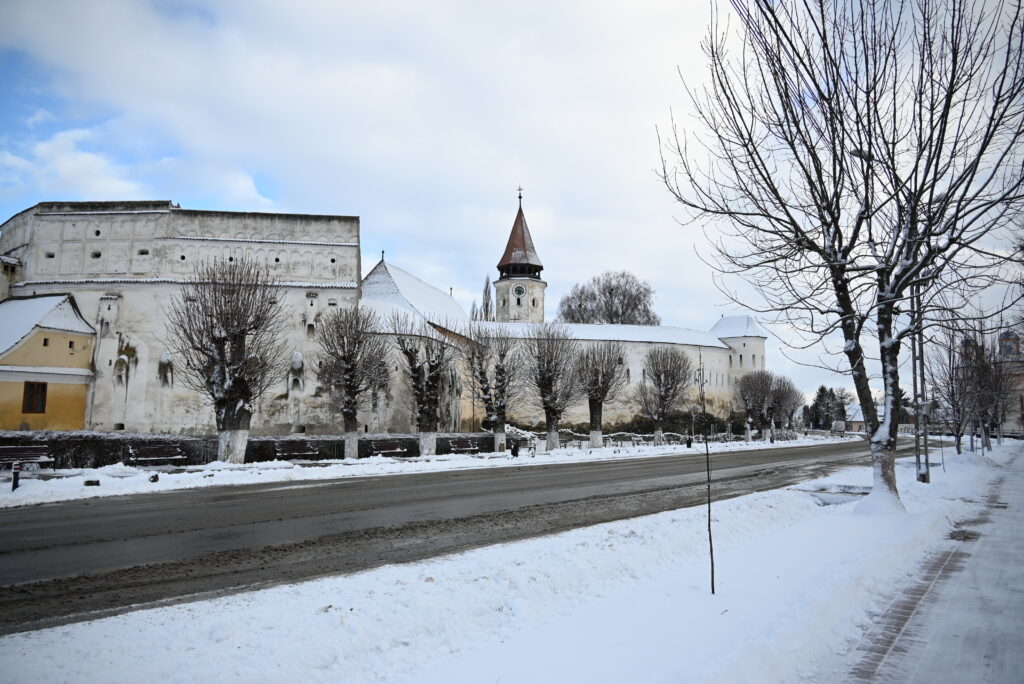

Then it’s time to visit Dracula at Bran Castle. The site and the castle are very beautiful, but we would have liked the interior to be a bit more related to the Dracula myth. The additional exhibition on torture through the centuries is quite challenging and not recommended for the faint-hearted. The advantage of coming in the off-season is that there aren’t many people. However, all the shops outside are closed.
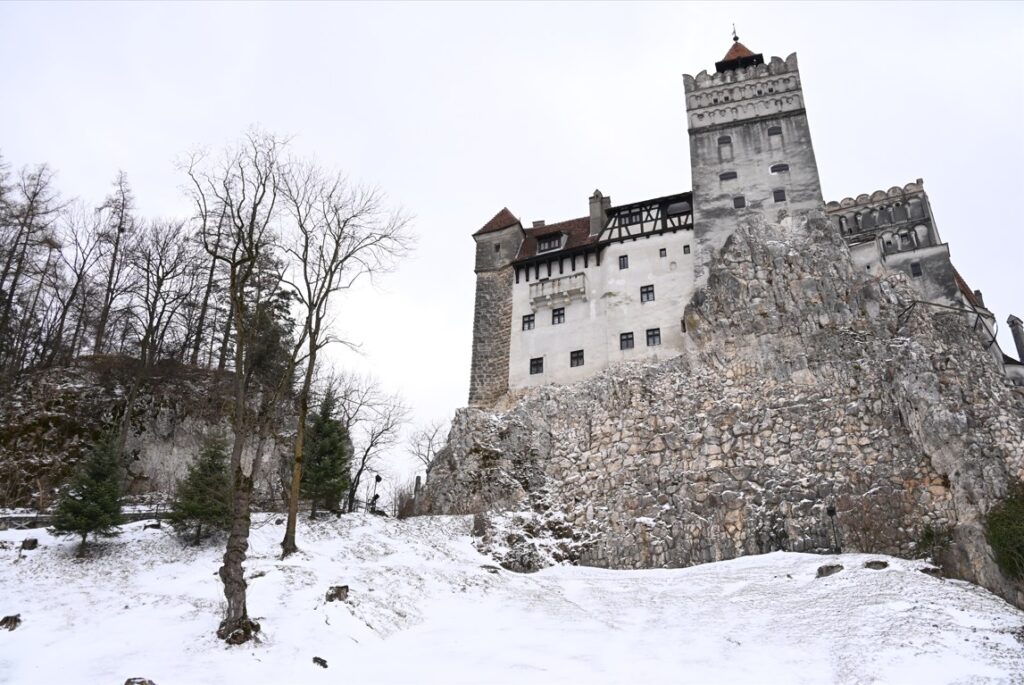
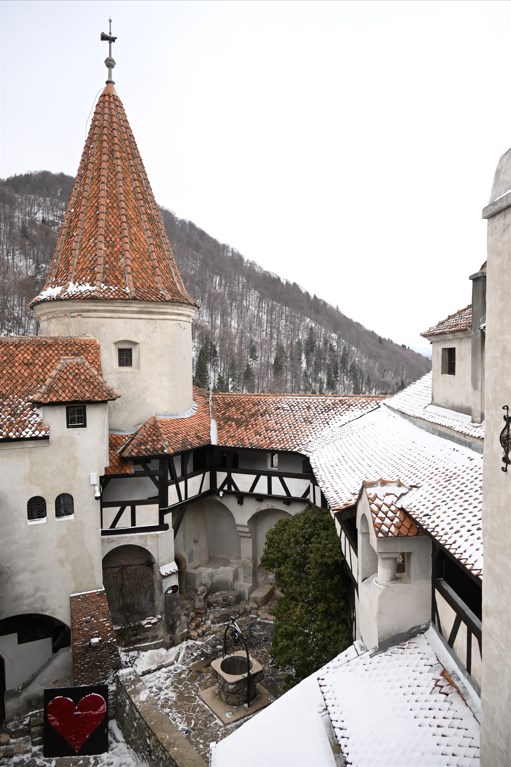
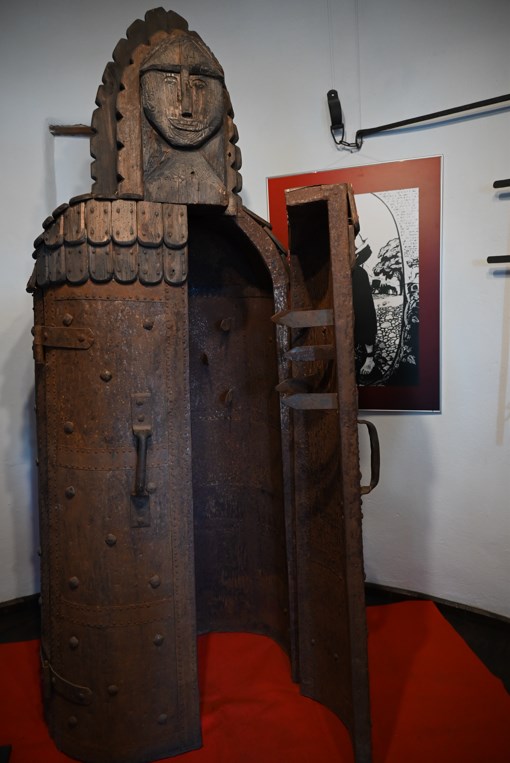

Day 5: We take the route of the Saxon citadels, starting with Rupea Citadel.
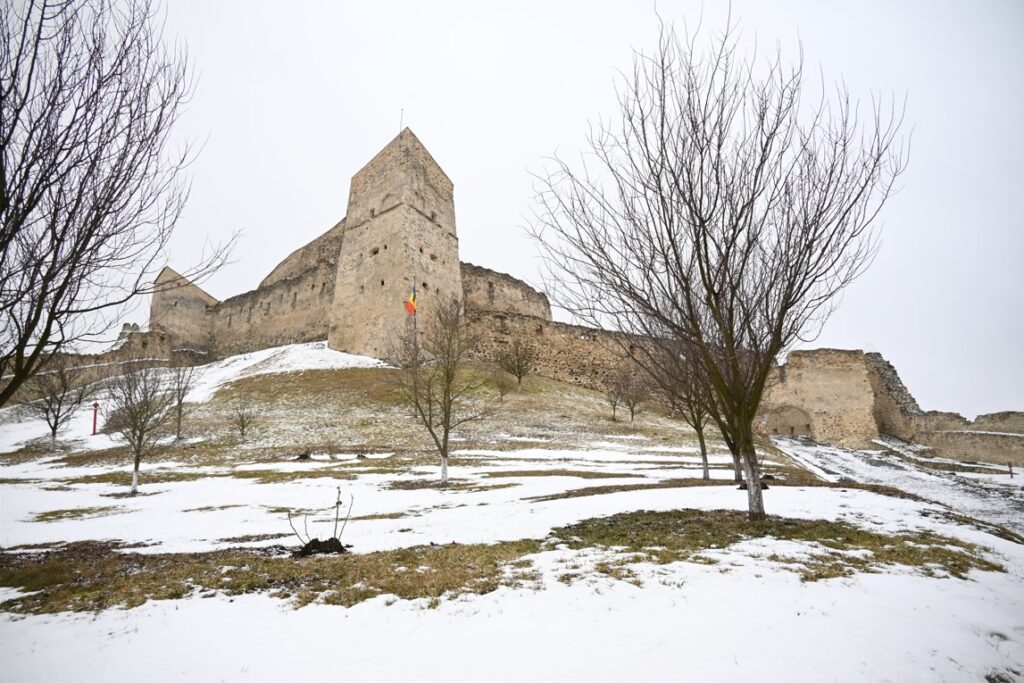

Stop at the village of Viscri, a true journey back in time.
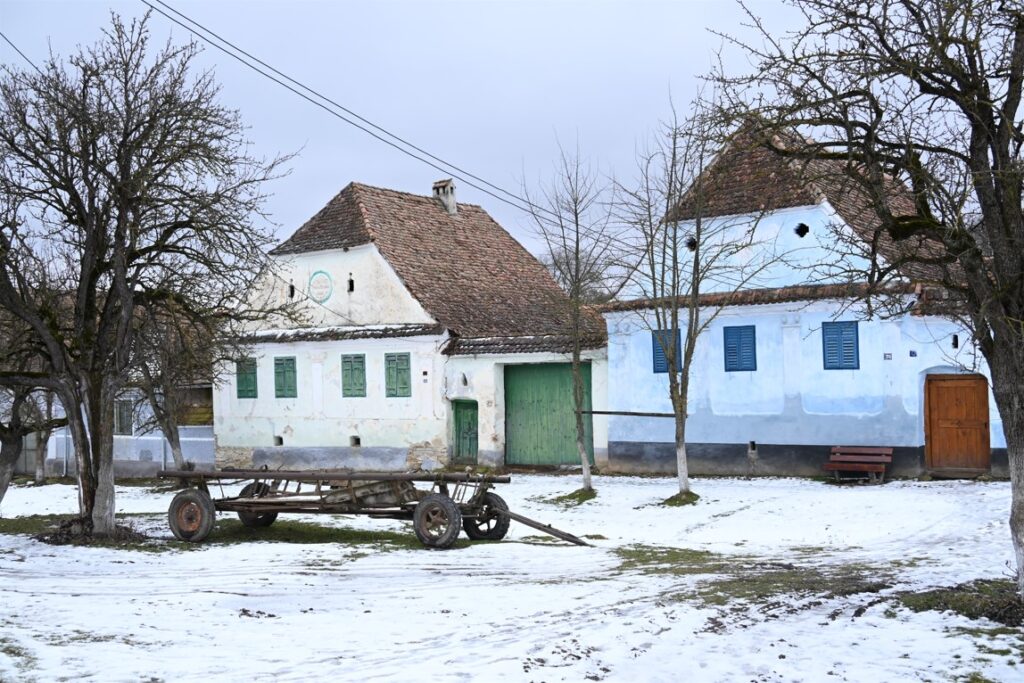

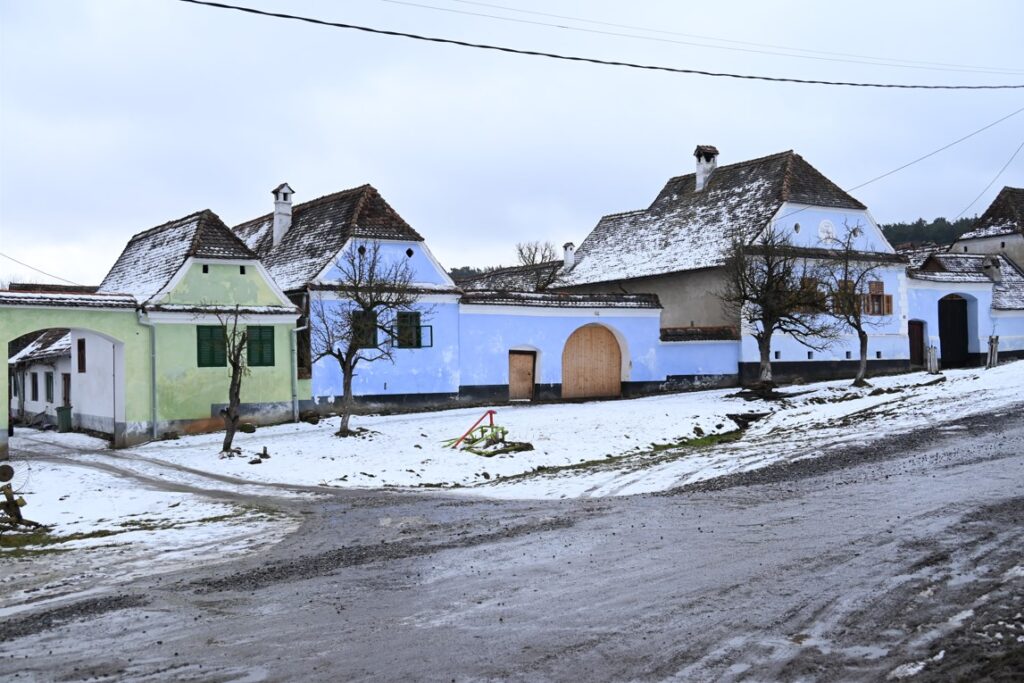
On the way, we stop at Saschiz, but its citadel is closed.

We spend the evening in the beautiful village of Sighișoara. It seems that in summer, the streets are filled with tourists. It’s hard to imagine; we sleep in the old town and feel completely alone.


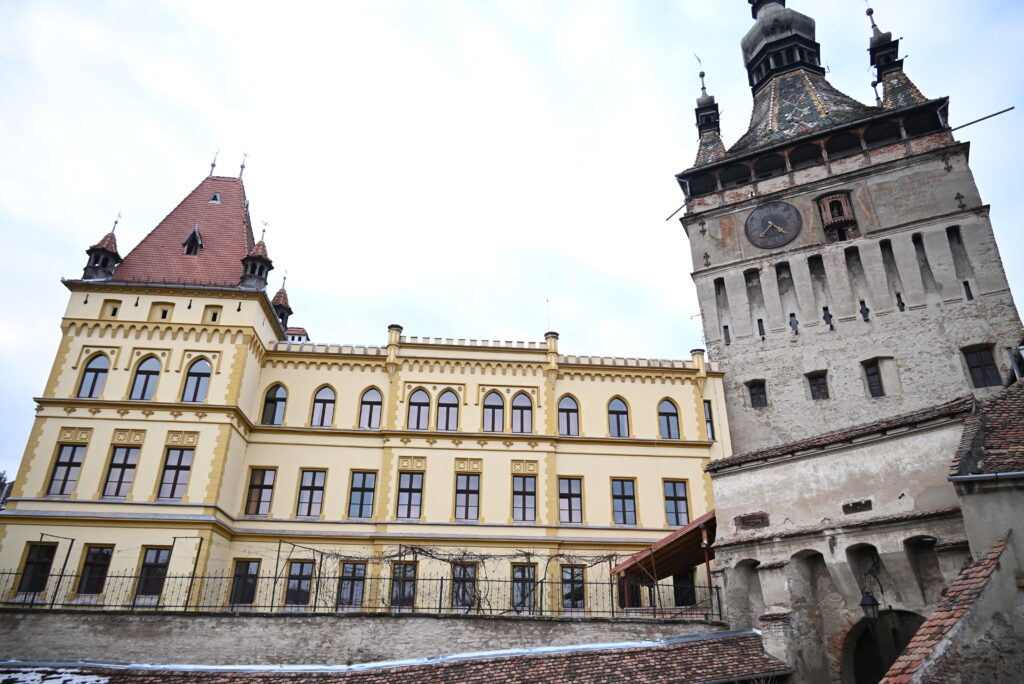
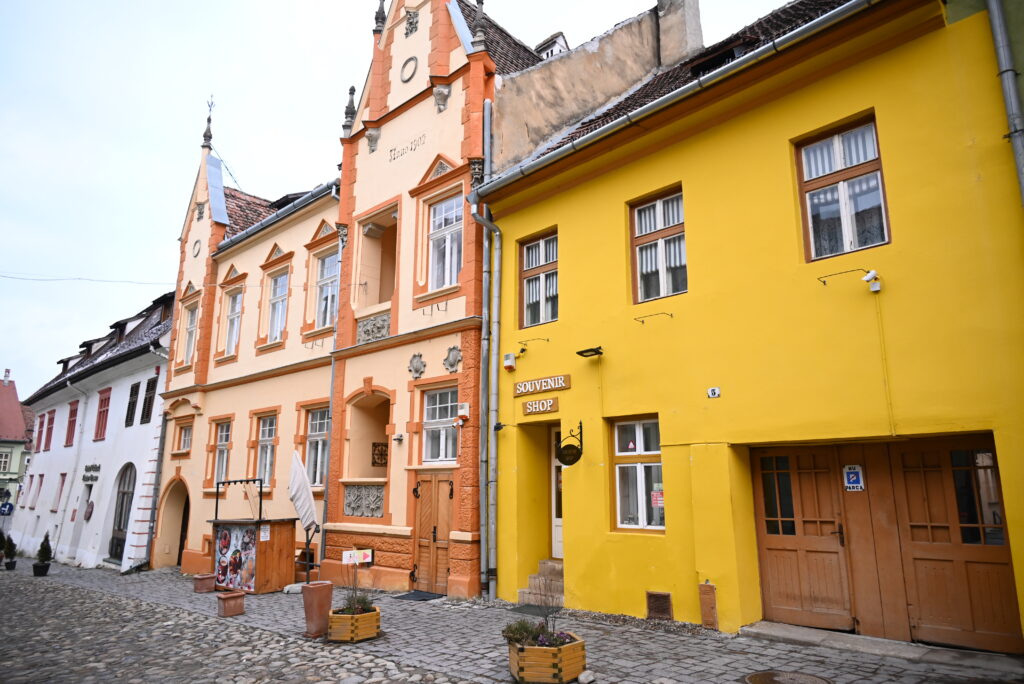
Day 6: The day starts with a visit to the fortified church of Biertan.

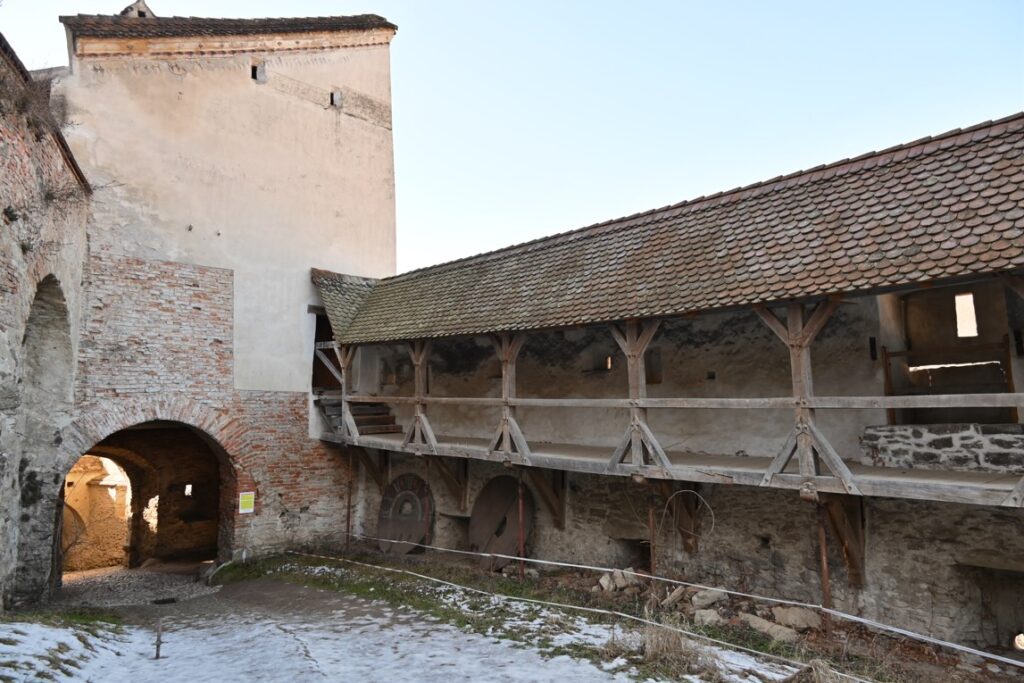
Then we drive to Sibiu.
Sibiu is one of the largest cities in Transylvania. Founded by German settlers in the 12th century and predominantly German until the 19th century, the city presents a very different appearance from what we have seen so far. The center is beautiful, and a blue sky allows us to leisurely enjoy its lovely colors.
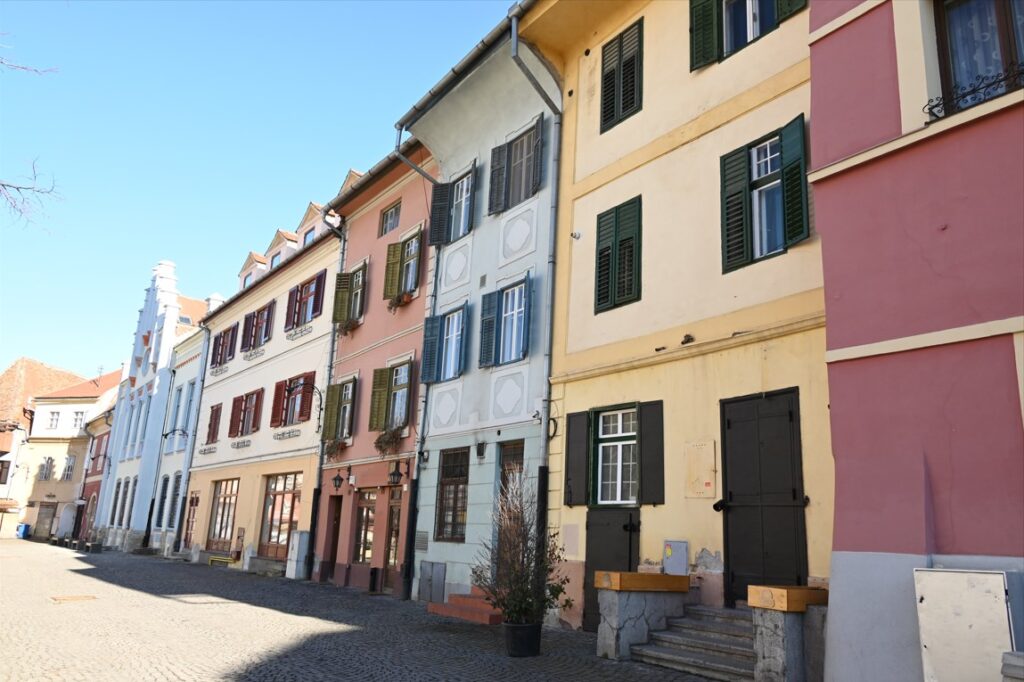
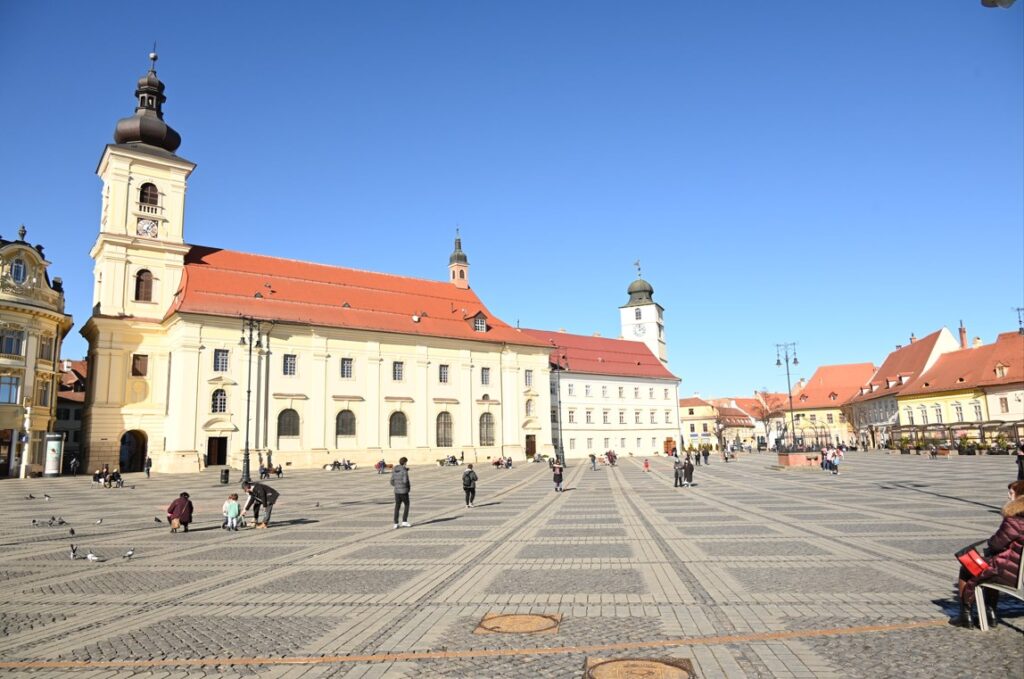
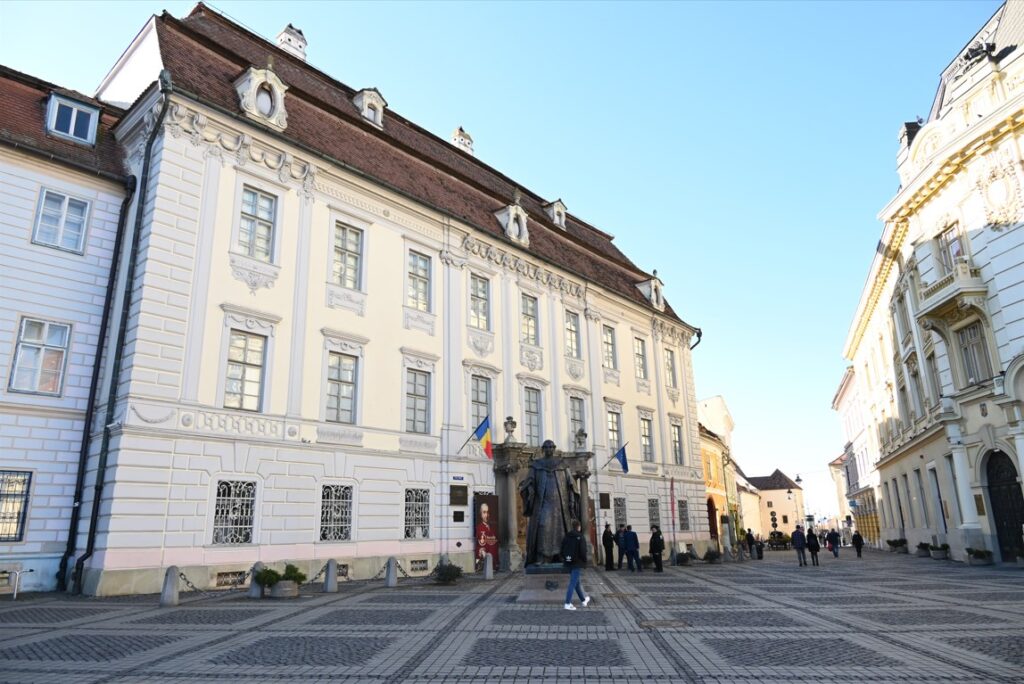
Day 7: We had planned to spend the day at the Păltiniș ski resort, but it was rather disappointing and didn’t offer many hiking options. So, we decided to shorten our stay and visited the open-air museum Muzeul Astra, which helped us better understand traditional Romania. A pleasant time when the weather is nice.
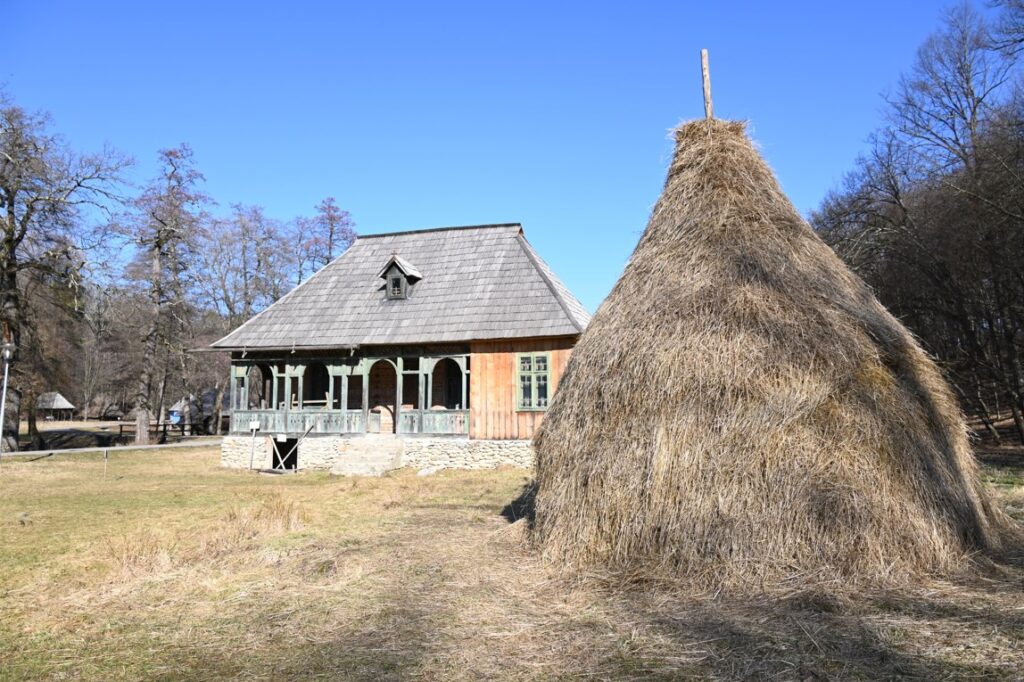

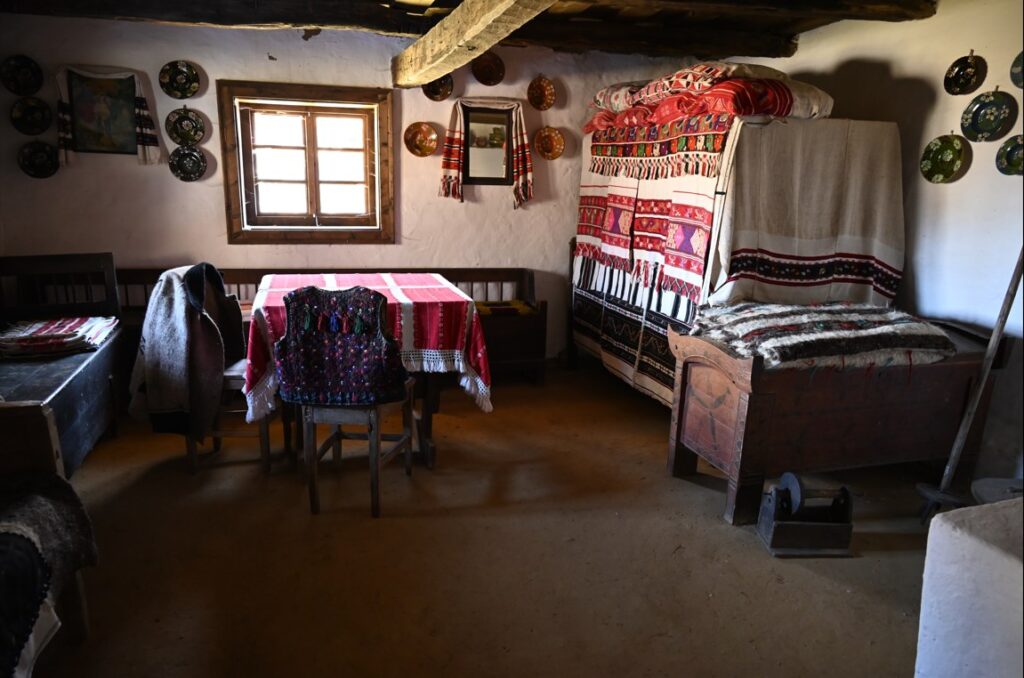
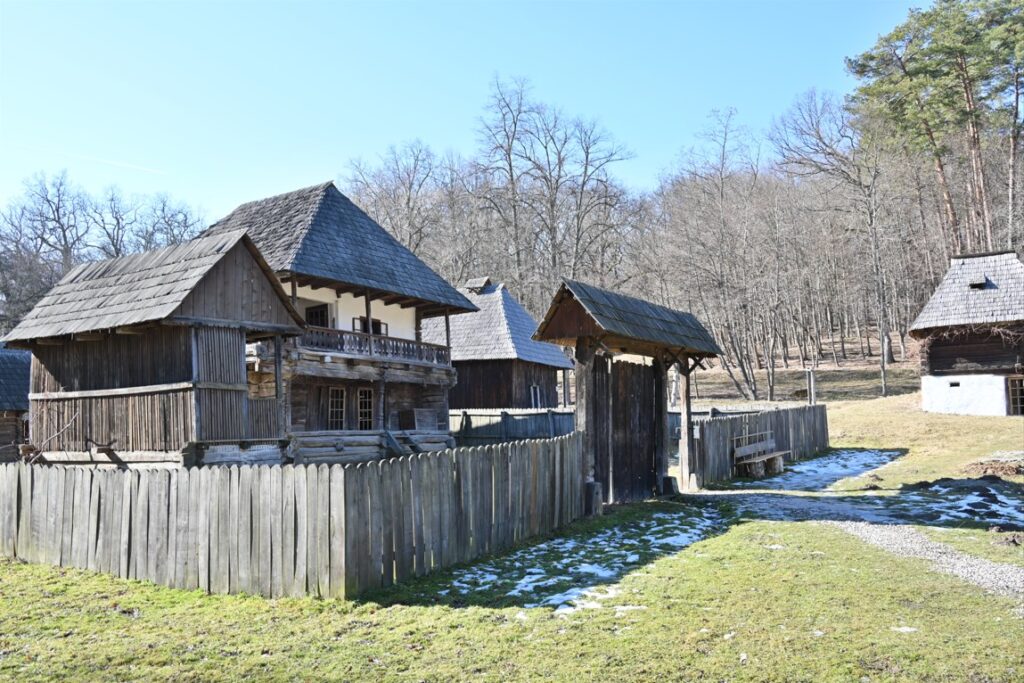
Day 8: We decide to start the day with a traditional Romanian activity, a bit surprising for us: the visit to the Ocnele Mari Salt Mine. It’s a small underground city made entirely of salt: a church, karting tracks, tennis courts, sculptures…
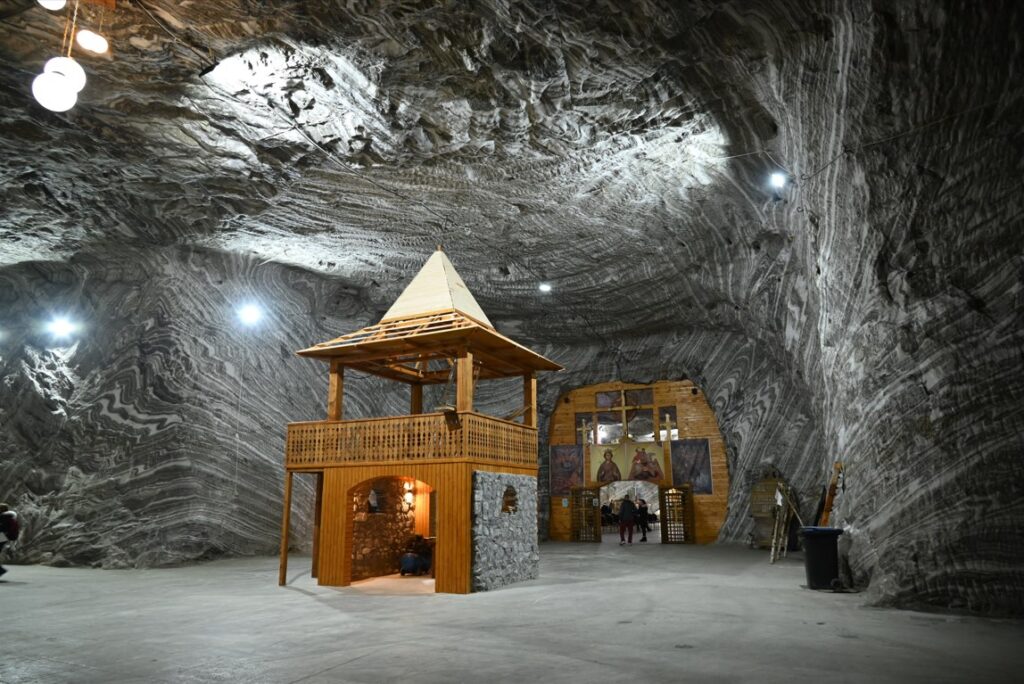
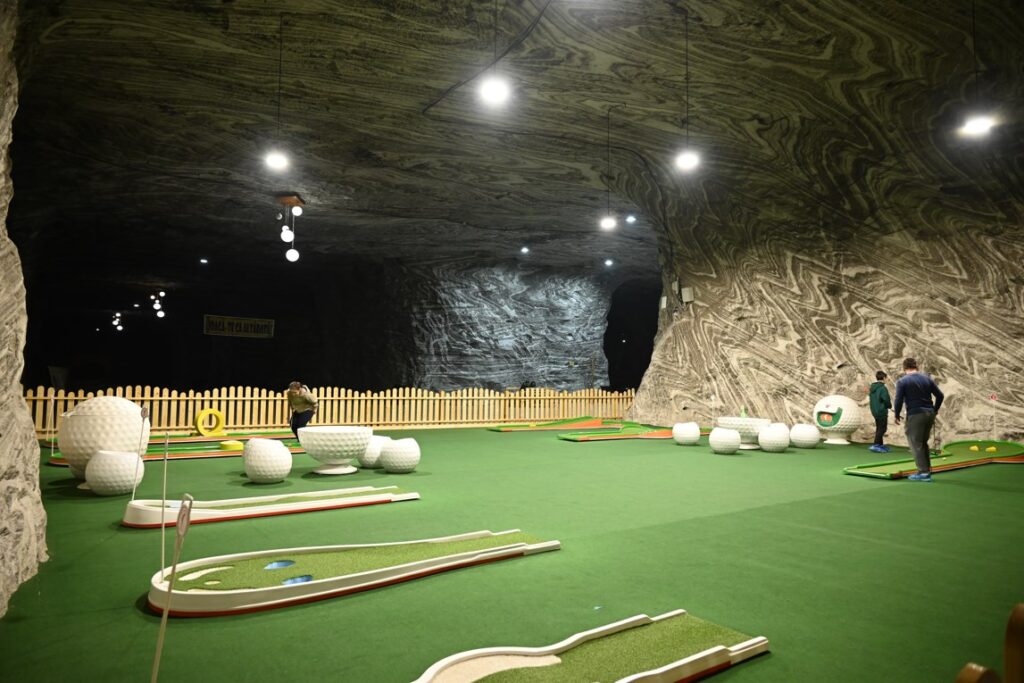

En route to Bucharest, we stop at the magnificent churches of Curtea de Arges.
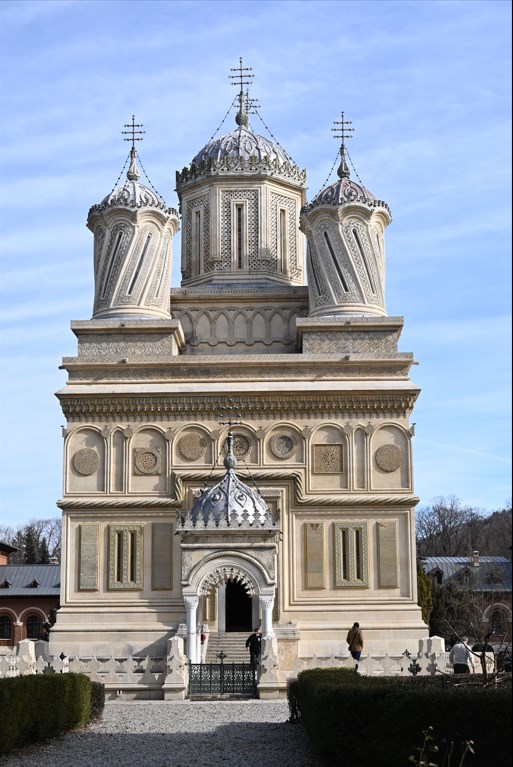
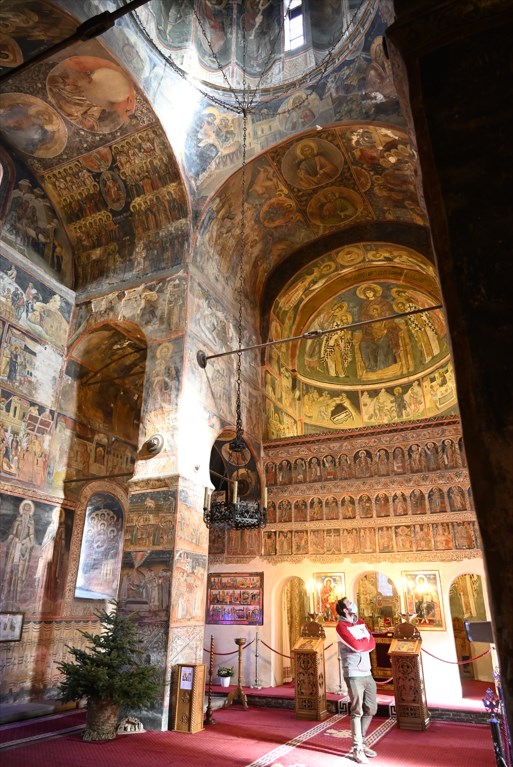

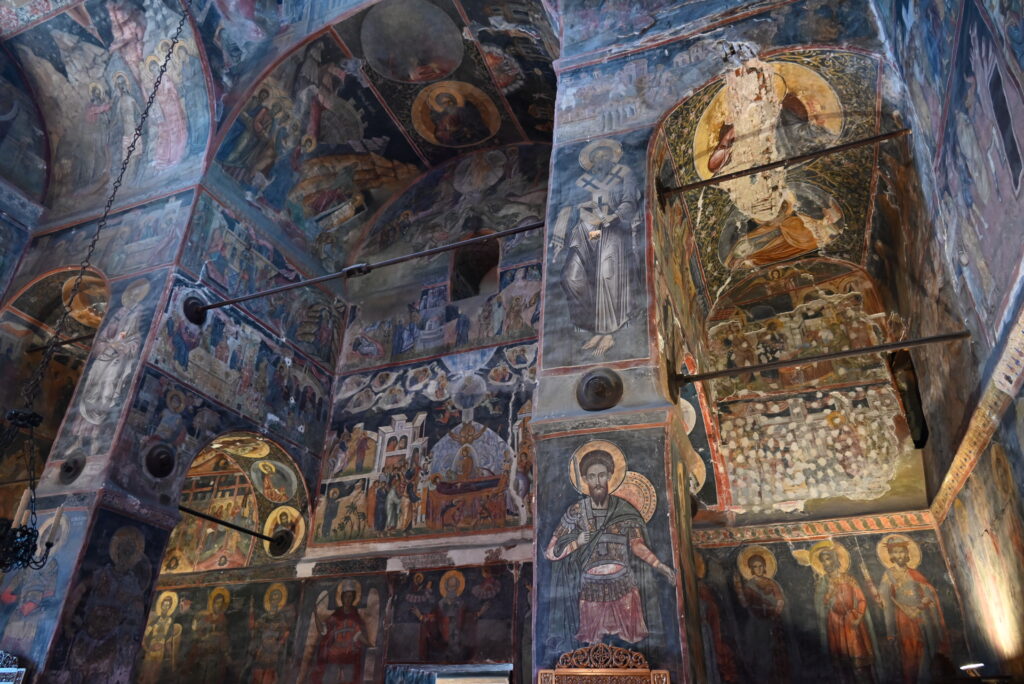
We spend the evening in Bucharest.
Day 9: For our last day, we visit Ceaușescu’s villa. Nicolae Ceaușescu was the president/dictator of Romania from 1967 to 1989. Found guilty of genocide, he and his wife were sentenced to death and executed by firing squad. The execution was filmed and broadcasted by European media. Their villa stands as a striking example of the luxury dictators can enjoy while their people suffer from starvation…
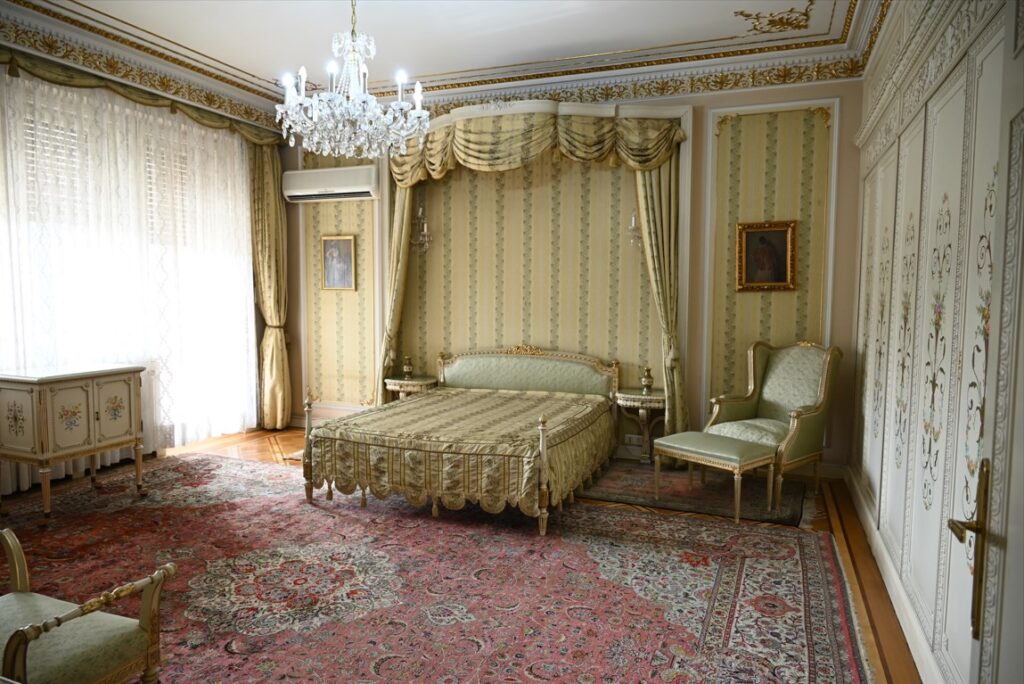

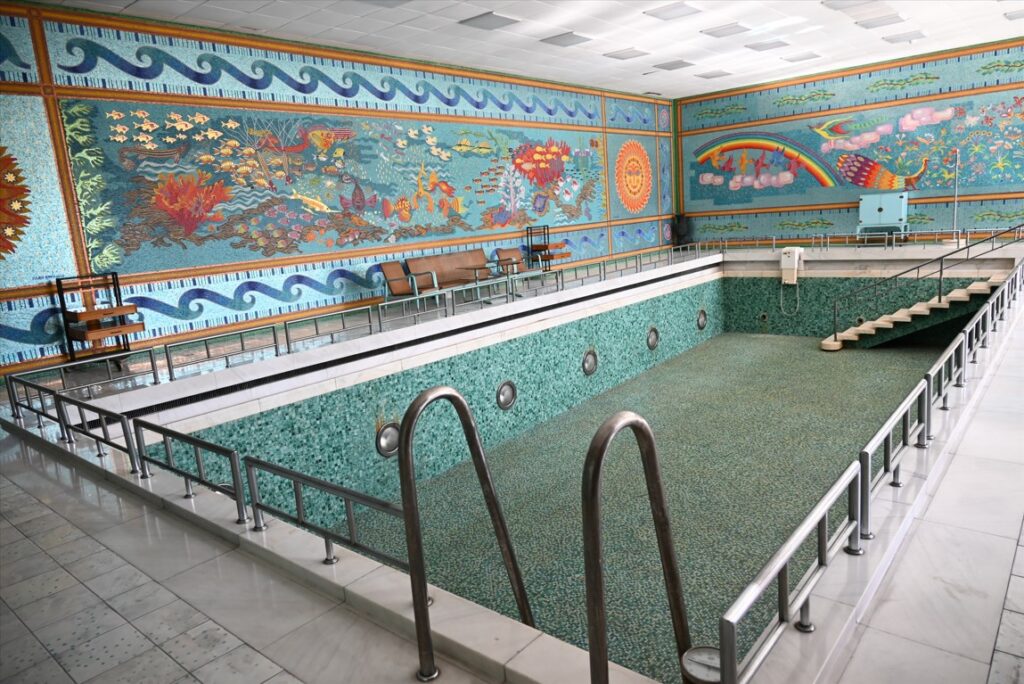

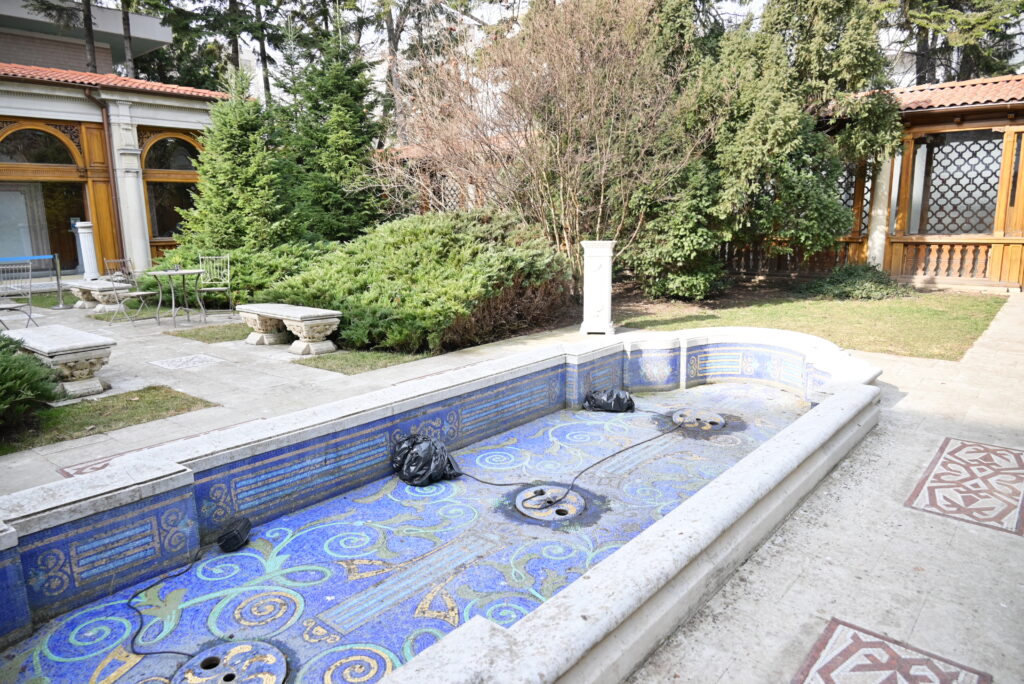

We spend the rest of the day wandering around the Parliament district, one of the largest buildings in Europe.


We finally visit the National Museum of Art, a lovely and comprehensive museum that well illustrates the cultural exchanges with Western Europe.
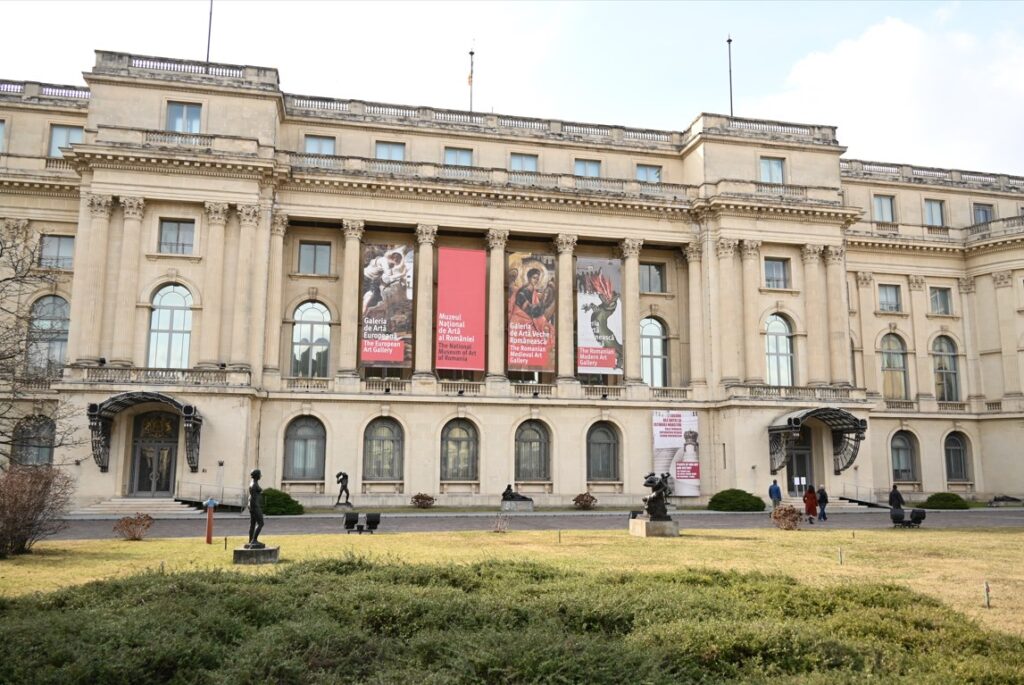
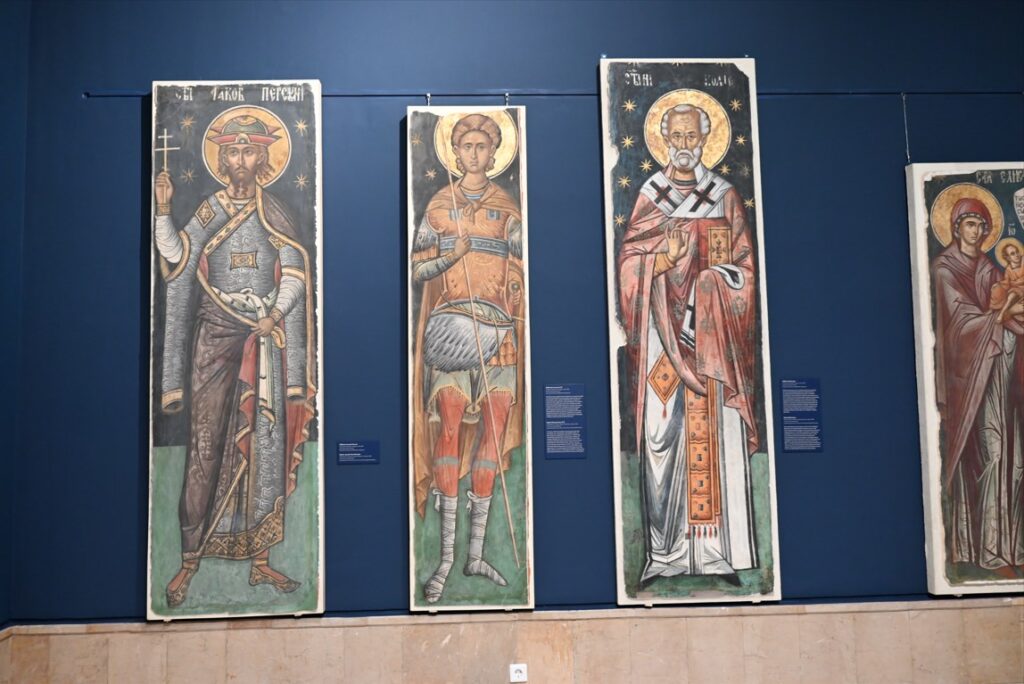
It’s already the end of the trip!
Find all our other articles on Romania:




